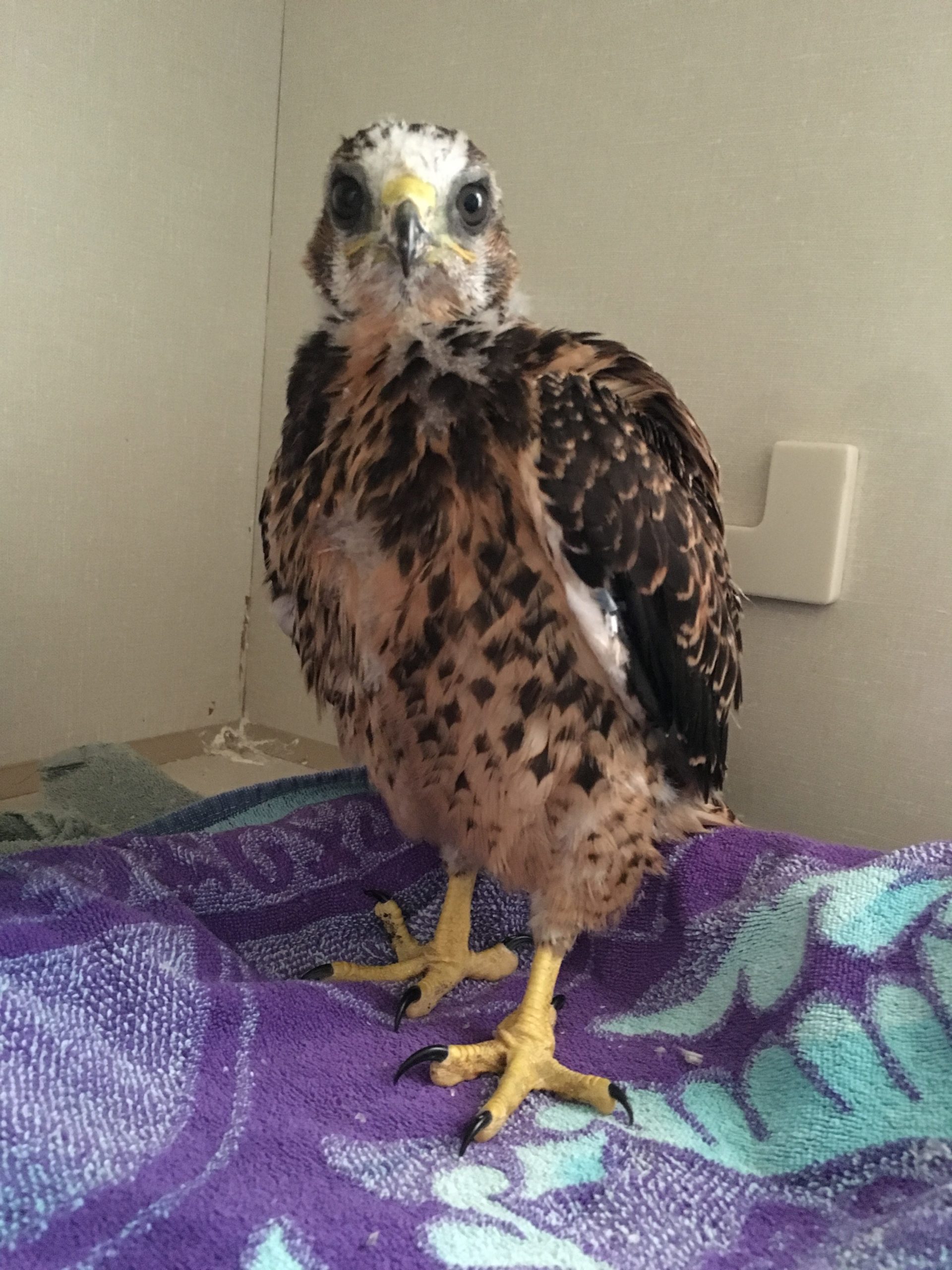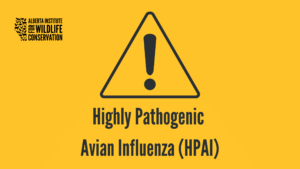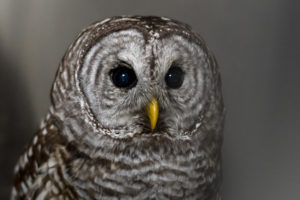It is very common to see a Swainson’s Hawk searching for prey over Alberta prairie fields or perched atop fence posts next to them.
The beautiful Swainson’s Hawk can be a sight for soar eyes here at AIWC this time of year—late August and September—when they are starting their trip of over 12,000 miles to Argentina.
AIWC has 7 hawks in care right now—mostly due to car collisions, as some of their hunting takes place on the side of the roads and highways.
Swainson’s Hawk pairs share the effort of building the nest, though the male picks the nest site. Nests are built in trees as well as the occasional power pole, located near agricultural fields and pastures, where they feed. It can take up to two weeks to build and consists of twigs, sticks and debris items they find like rope and wire. The nest is lined with grass, hay, weed stalks, fresh leafy twigs and may even include cow dung. When finished, the nest can reach up to .61 meters in diameter and is over .30 meters high. Hawks may re-use nests from previous years including those of crows or magpies.
Swainson’s Hawks will have 1 brood per year of 3 to 5 chicks. They feed their chicks a diet of rodents, rabbits, and reptiles. But when they’re not breeding, the adults switch to a diet made up almost exclusively of insects, especially grasshoppers, dragonflies and butterflies that they catch on their wings.
The good news is that AIWC expects most of the seven Swainson’s Hawks in care to make a full recovery and to be ready to join the rest of their group (migrating groups are called kettles) on their journey to the warmth and sun of South America.
These hawks would not be making this migration journey if it wasn’t for the care and compassion of Albertans who call our hotline to let us know there is a wild life in need. Thank you!!
As always, if you find injured or orphaned wildlife, please call us at 403-946-2361.
“We don’t own the earth. We are the earth’s caretakers. We take care of it and all the things on it. And when we’re done with it, it should be left better than we found it.” Katherine Hannigan, author.






